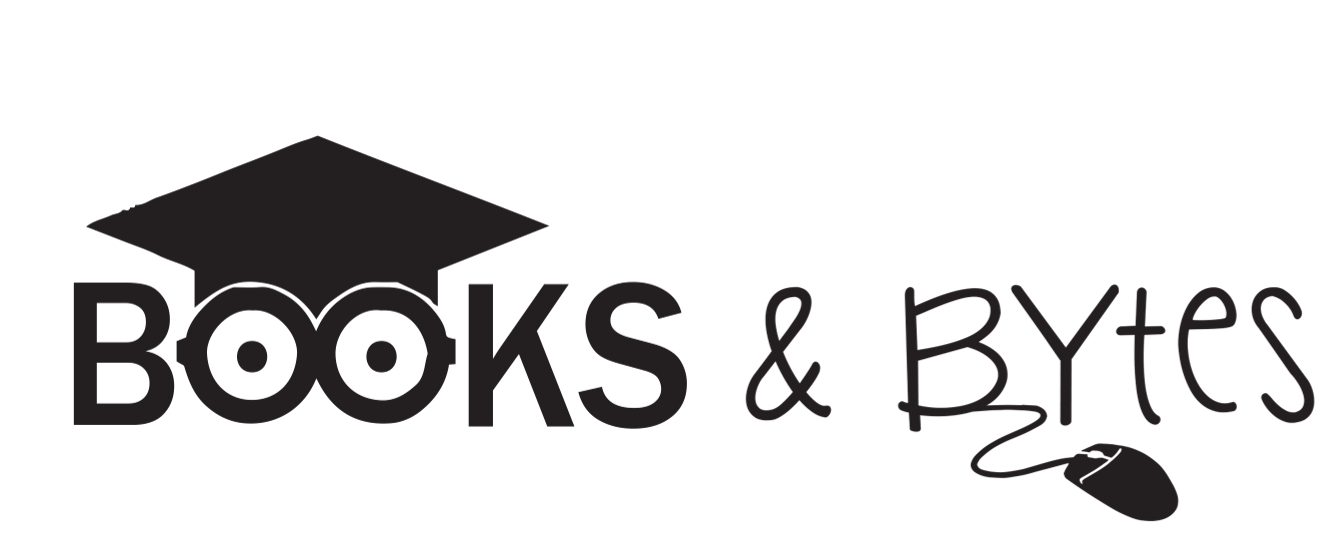3 TIPS FOR LIBRARIAN and TEACHER COLLABORATION
Easy tips and strategies to build positive librarian and teacher connections. Use these tools to develop library collaboration plans, and build rapport with your staff and your school community.
So you’re looking for some new ideas to connect with teaching staff at your school!
I have been connecting with teachers for 10 years as a teacher-librarian, and I am always trying to improve the process and build up a toolbox of ideas.
Although my strategies are both formal and informal, I usually rely on these 3 ideas as the basis for connections and the initiation of collaboration.
1. Easy Teacher Engagement: Emails
Emails are an easy and efficient way to connect with staff members. You can send the same message or collaboration invitation to your whole staff, grade level, or like-minded people. Don’t underestimate the power of an individual email to specific teachers. Even though you can’t do this all time for everyone, it truly means a lot that you are thinking of a staff member and their individual professional needs.
How to get information from your emails?
I don’t know about you, but I prefer to have all the submissions/replies to my questions in one place. Of course email recipients can reply with their information, but it’s so much more convenient to have it all in one place to review later. Here are a few information collection tools I love to use.
Google Forms - a digital form/questionnaire you can create with so many features. Attach your link to your email, or share the form directly.
Google Sheets - a digital spreadsheet for your staff to add information or sign up for meetings/sessions. Attach your link to your email, or share directly.
2. Go Old School: Handwritten Note or Sign
Write a note! Think about who you want to connect with. Then write a quick message on a sticky note and leave it on their desk, or in their mailbox. Too busy for personalized notes? You could hang a simple poster in your library for staff to see, or maybe even leave a response note to you on a sticky note. Here are a few ideas you could use…
Hope you’re doing well! Let me know how I can support you and your students!
I would love to collaborate with you sometime this term!
Need some books or resources for an upcoming unit? Let me know!
Send me some available periods for us to get together and plan some activities!
3. Go Live: Staff Meetings and Announcements
There are always staff members that don’t read all of their emails. (No judgement - we all get busy sometimes!) So, to make sure everyone hears your collaboration invitations/information, take a minute at your next staff meeting to share what you have to offer! Sometimes a live moment is more impactful for people and doesn’t take much of their time. You could also add a simple announcement to be read on your morning announcements, or a reminder for staff to check their inbox for your most recent email.
Overall Collaboration Tips
Stay brief. I try to keep my messages simple, and I always use breaks and bullet points in my emails to make them easy to read.
Stay positive. Teaching staff are busy, so acknowledge their busy schedule and commitment. Tell them you want to help them make their life easier!
Stay consistent. This is hard, but try your best. You could write down some dates in the year that you want to connect so you don’t forget.
Soon after trying out one or two of these ideas, you’ll be having planning meetings and collaborative sessions. Looking for a way to document your conversation and ideas? You might want to check out this Teacher-Librarian Collaboration Template.
If you have any other great tips for connecting with teachers, let us know in the comments below!
Jenn






